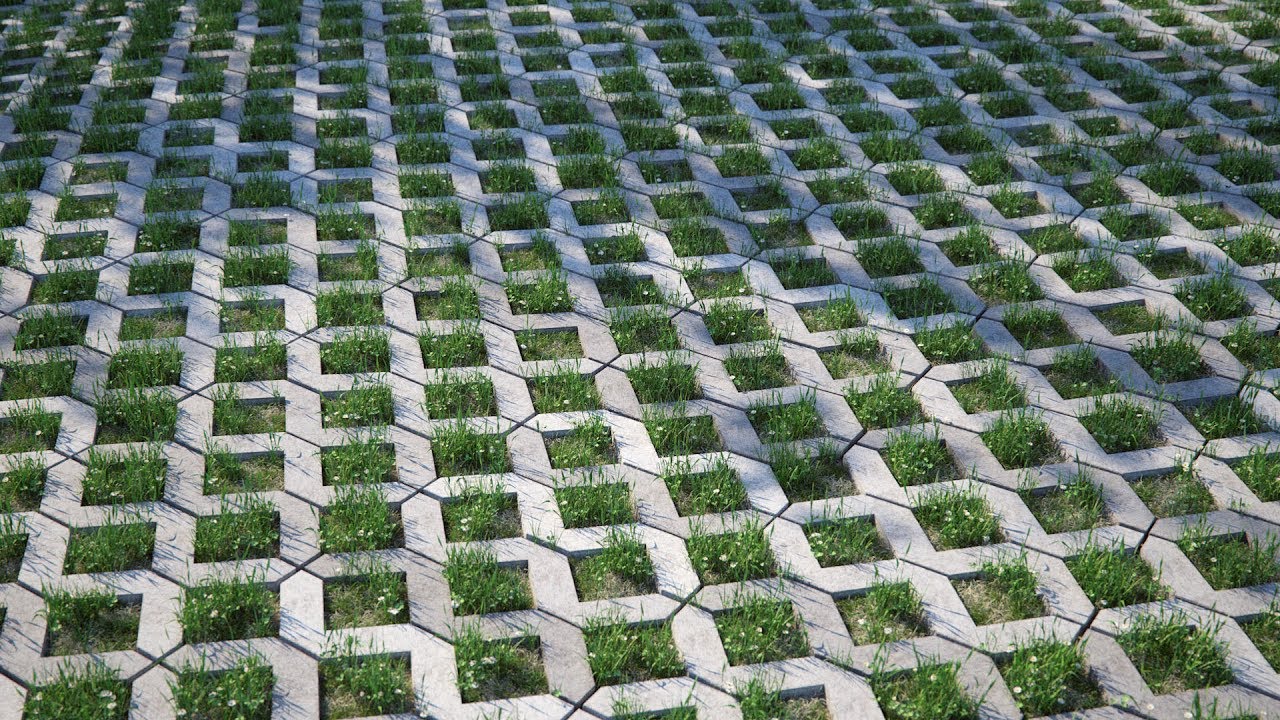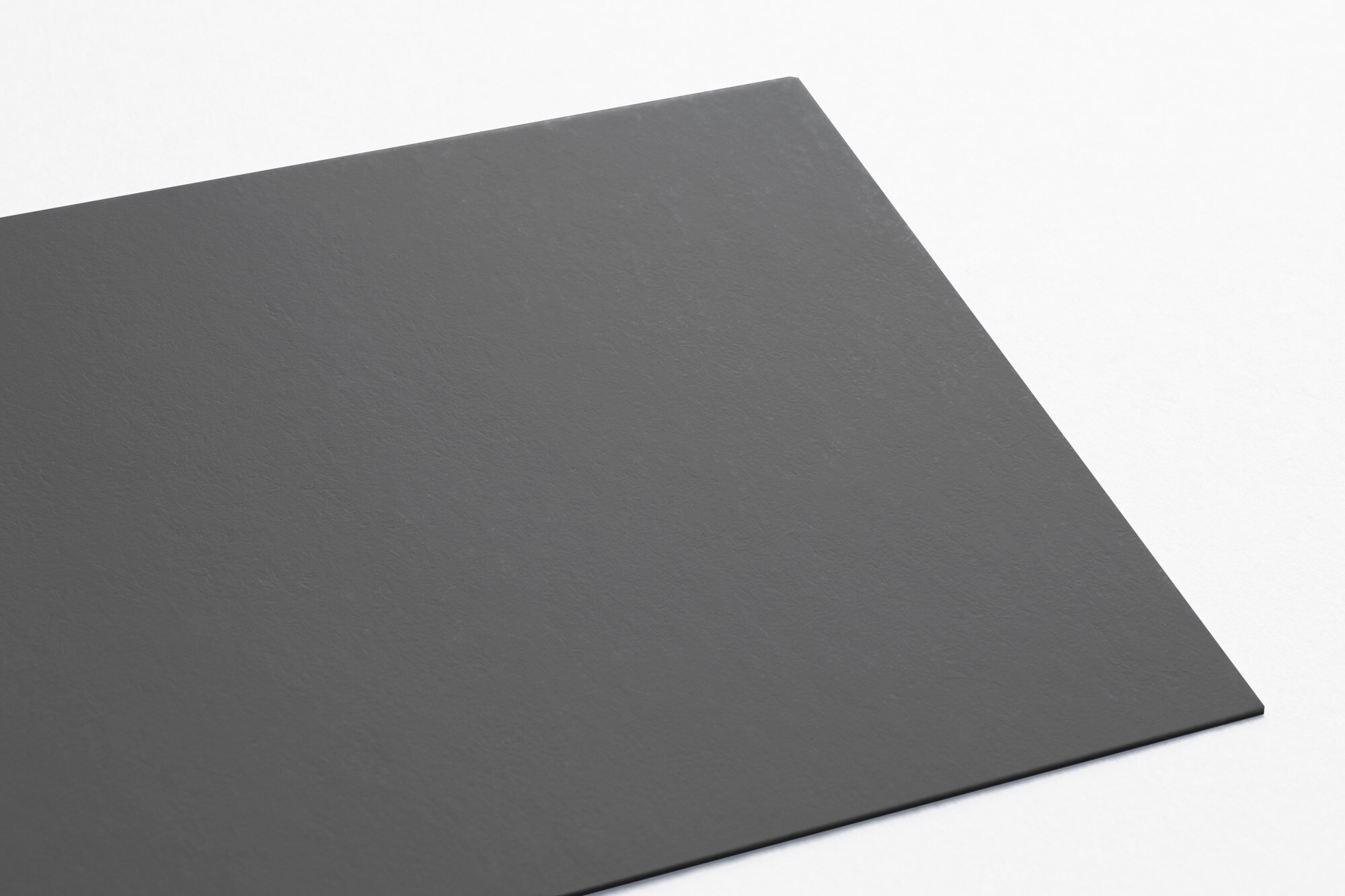A Comprehensive Guide to Grasspave: Paving with Nature
When it comes to outdoor spaces, finding the right balance between functionality and environmental consciousness can be a challenge. Traditional paved surfaces, such as concrete or asphalt, often contribute to issues like stormwater runoff, heat island effect, and reduced green spaces.
However, a revolutionary solution called Grasspave has emerged as an innovative alternative. This comprehensive guide will delve into the world of Grasspave, providing an in-depth understanding of its benefits, installation process, and practical applications.
Understanding Grasspave:
Grasspave is an eco-friendly paving system that combines the strength of traditional pavement with the aesthetic appeal and environmental benefits of grass. It is a grid-like structure made of high-density polyethylene (HDPE) plastic, specifically designed to support the growth and stability of grass.
These interconnected cells provide a solid surface for pedestrian and vehicular traffic while allowing the natural infiltration of water and maintaining the ecological integrity of the area.
Environmental Benefits:
Grasspave offers a plethora of environmental advantages, making it an attractive choice for sustainable development projects. These benefits include:
- Stormwater Management: One of the significant advantages of Grasspave is its ability to manage stormwater runoff. The permeable nature of the grass cells allows rainwater to infiltrate the ground, reducing the strain on stormwater infrastructure and helping to recharge groundwater sources.
- Reduced Heat Island Effect: Traditional pavements absorb and radiate heat, contributing to the urban heat island effect. Grasspave, on the other hand, helps mitigate this issue by allowing grass to grow through the cells, which significantly reduces surface temperatures and creates a cooler microclimate.
- Enhanced Air Quality: Grasspave promotes the growth of grass, a natural air purifier, which aids in reducing air pollution and improving overall air quality.
- Improved Aesthetics: The visual appeal of grass-covered surfaces creates a harmonious blend with the surrounding landscape, making Grasspave an excellent choice for parks, gardens, green spaces, and even parking lots.
Installation Process:
Installing Grasspave requires careful planning and execution to ensure long-lasting and effective results. Here are the key steps involved:
- Site Preparation: The area intended for Grasspave installation must be cleared of any vegetation, debris, or rocks. It should be graded to achieve the desired slope and ensure proper drainage.
- Base Preparation: A suitable base layer, usually composed of gravel or crushed stone, is laid to provide stability and allow water to infiltrate the ground.
- Grid Placement: The Grasspave grid is laid over the prepared base and secured with connectors to form a stable and interconnected network. The grids can be cut to fit any shape or size required for the project.
- Soil Filling: The open cells of the Grasspave system are then filled with a specific growing medium, typically a combination of sand and topsoil, providing a healthy environment for grass seed or sod to take root.
- Grass Planting: The grass seeds or pre-grown sod are planted within the cells and adequately watered to ensure germination and establishment.
Practical Applications:
Grasspave is a versatile paving solution that can be utilized in various applications, including:
- Parking Areas: Grasspave provides an eco-friendly alternative to traditional asphalt or concrete parking lots. It not only reduces stormwater runoff but also enhances the aesthetics of the space.
- Pathways and Trails: Public parks, nature reserves, and recreational areas can benefit from Grasspave by creating pedestrian and bike-friendly pathways that blend seamlessly with the natural surroundings.
- Erosion Control: Steep slopes and areas prone to erosion can benefit from Grasspave’s soil stabilization properties. The system helps prevent soil erosion while allowing vegetation to grow.
- Emergency Access Lanes: Grasspave can be employed to create emergency access lanes or fire lanes in environmentally sensitive areas. These lanes provide the required access while minimizing ecological disturbances.
- Sports Fields and Golf Courses: Grasspave can be used to reinforce grass on sports fields, golf course paths, and other recreational areas, providing a stable and playable surface that can withstand heavy use.
Conclusion:
Grasspave represents a remarkable innovation in sustainable paving, blending the functionality of traditional pavement with the ecological benefits of grass. Its permeability, stormwater management capabilities, and visual appeal make it an attractive choice for a wide range of applications.
By choosing Grasspave, we can create urban and outdoor spaces that not only serve our needs but also contribute to a greener and more sustainable future.








